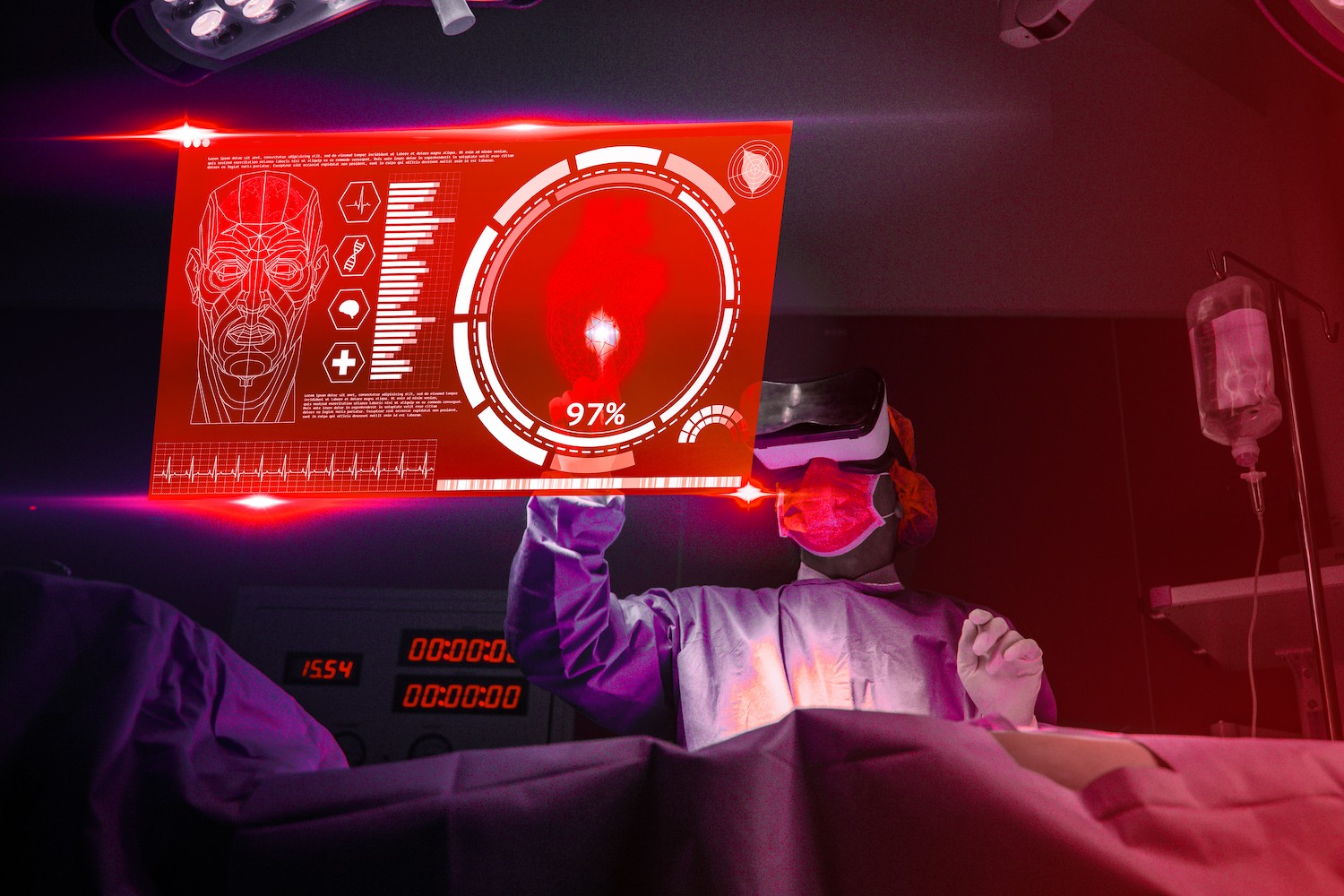Brought to you by Keysight Technologies
By Emily Yan

In the wake of the pandemic, healthcare organisations have been propelled into a digital transformation to stay competitive.
With the healthcare software ecosystem contributing to 30 per cent of global data, there is no going back now. However, software testing for this expanding digital frontier presents daunting challenges from more complex systems to stricter regulations.
The crucial question: How to modernise testing strategies to ensure software quality and patient safety in a time of disruption?
Keysight commissioned a survey with the global non-profit Healthcare Information and Management Systems Society (HIMSS) to answer this critical question and gain insight into key trends and future perspectives on software testing.
Confronting the scalability challenge in manual software testing
Despite automation being embraced across industries, the healthcare industry lags behind. Only 15 per cent of healthcare providers surveyed adopted test automation platforms.
The reality is that today’s electronic medical records (EMR) systems are becoming increasingly customised, interfaced, and complex. The upgrade cycles have quickened, and with every new patch or alteration, there is a risk of introducing bugs or vulnerabilities.
The pace of change, coupled with the interconnectivity of system components, surpasses the capacity at which manual testing approaches can keep up, leading to:
- Merely 33 per cent of manual testers are satisfied with their organisations’ capacity to scale testing to meet new requirements.
- Only 38 per cent are satisfied with the availability of clear testing analytics.
- Only 38 per cent of manual testers believe their organisations can adequately develop test coverage across all devices and browsers.

As the shortage of proficient testers increasingly emerges as one of the significant bottlenecks in scale testing, it is imperative to shift towards a more automated approach. Such a transition will free up testers to concentrate on more complicated, value-added tasks.
The dilemmas of DIY software testing
The do-it-yourself (DIY) testing approach, favoured by over 40 per cent of respondents, has several drawbacks that render it counterproductive and inefficient.
The major challenge is the lack of technical talent to build and maintain in-house testing solutions. According to a recent Forrester report, 63 per cent of organisations following a DIY route use three or more development tools or automation solutions for testing.
The complexity of healthcare applications, coupled with diverse automation frameworks and programming languages, demands specialised expertise. Consequently, only 38 per cent of the respondents using DIY testing approaches report satisfaction with their organisation’s ability to enhance quality assurance team job satisfaction and productivity. This satisfaction rate is five percentage points lower than that of teams relying on manual testing approaches.
The second challenge arises when one considers the hidden costs associated with DIY testing. Expenses such as recruiting specialised personnel and investing in extra infrastructure can escalate quickly, making the DIY approach more costly than initially budgeted. For instance, when the time spent on writing scripts, fixing bugs, and updating tests becomes a bottleneck, that delays the release.
Moreover, the time consumed in script writing, debugging, and updating assets can often bottleneck the process, potentially leading to release delays. Only 38 per cent of the respondents using DIY testing approaches were content with their organisation’s ability to fulfill all pre-release requirements – ten percentage points lower than that of organisations using manual approaches.
Finally, it is important to consider the imperative of interoperability among different healthcare software to stay compliant with emerging regulations. Both manual and DIY testing approaches struggle to keep up with the continuous and simultaneous changes within multiple interconnected system components.
This is evident from the survey results, where less than half of respondents using manual or DIY approaches were content with their organisation’s ability to achieve comprehensive test coverage across multiple platforms.
In conclusion, the mounting complexity of healthcare software requires a strategic shift to more robust testing solutions that enables healthcare organisations to scale their testing capabilities affordably and flexibly.
Embracing automated software testing for resilience
The silver lining is that 75 per cent of healthcare providers plan to adopt test automation in five years. Early adopters are already experiencing the benefits, with 80 per cent expressing satisfaction with their organisation’s ability to scale testing to meet emerging requirements


Emily Yan is a product marketing manager at Keysight Technologies, working on intelligent test automation. Before joining Keysight, she worked on AI and big data marketing across multiple industries. Emily has an MPA degree from Columbia University and bachelor’s degrees from the University of California, Berkeley, in applied mathematics and economics.





